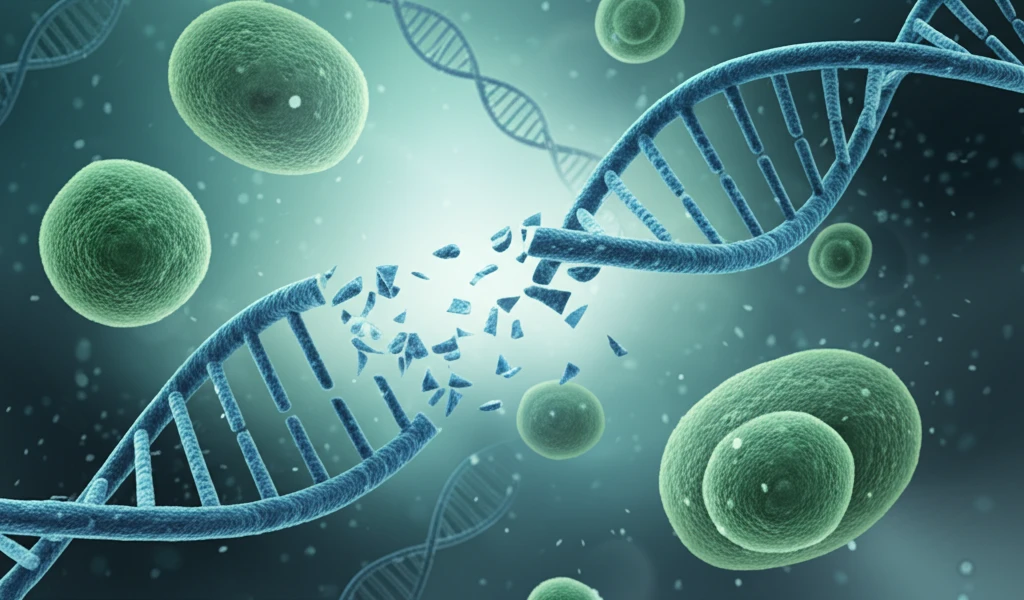
Decoding Cell Instability: How Understanding Our Cells Can Lead to Better Medicine
"Delving into the dynamic world of cell lines and their impact on the future of biopharmaceutical production."
In the fast-evolving field of modern medicine, biopharmaceuticals—drugs produced using living organisms or cells—are becoming increasingly important. These complex medications, including monoclonal antibodies and fusion proteins, offer treatments for diseases ranging from cancer to autoimmune disorders. However, the production of these life-saving drugs faces significant challenges, notably the instability of the cell lines used to manufacture them. Like any dynamic system, cells evolve, and sometimes these changes can reduce the quality and quantity of the drugs they produce.
Chinese Hamster Ovary (CHO) cells are the unsung heroes in producing these biopharmaceuticals. Scientists have been using CHO cells for a long time. CHO cells are like tiny factories, and the final drug product is dependent on how stable they are. However, these cells aren't always predictable. They can change over time, affecting how much of a drug they produce, and this is where things get tricky.
A new study sheds light on how structural variations in the genome, the cell's instruction manual, can lead to this instability. By understanding these changes, we can develop more stable and productive cell lines, ensuring a more reliable supply of the medications we depend on.
The Mystery of Cell Line Instability: What's Really Going On?

Imagine a factory where the machines randomly rearrange themselves, leading to some producing more and others less. That’s similar to what happens with CHO cells. These cells are known to have an inconsistent number and structure of chromosomes, which shift during cell division. This inconsistency means some cell lines start strong but lose their ability to produce drugs over time, creating significant challenges for drug manufacturers.
- Karyotype Chaos: Even when starting from a single cell, the chromosome numbers varied wildly among cell lines.
- Gene Copy Variation: The team observed slight copy number variations (CNV) across different subclones. CNVs are when a cell has too many or too few copies of a particular DNA sequence compared to the original genome.
- Unstable Regions: Certain regions were prone to copy loss, including those where drug-producing genes were inserted.
- Transgene Troubles: Losing copies of the drug-producing gene directly correlated with decreased drug production.
Future Directions: Stabilizing Cells for Better Biopharmaceuticals
So, what does this all mean for the future of drug development? The key takeaway is that understanding the genomic structural variation is crucial for developing more stable cell lines. Instead of just aiming for high productivity initially, researchers might need to focus on where the drug-producing genes are placed within the cell's genome. If these genes are located in regions prone to structural changes, they are more likely to be lost over time, leading to decreased drug production.
